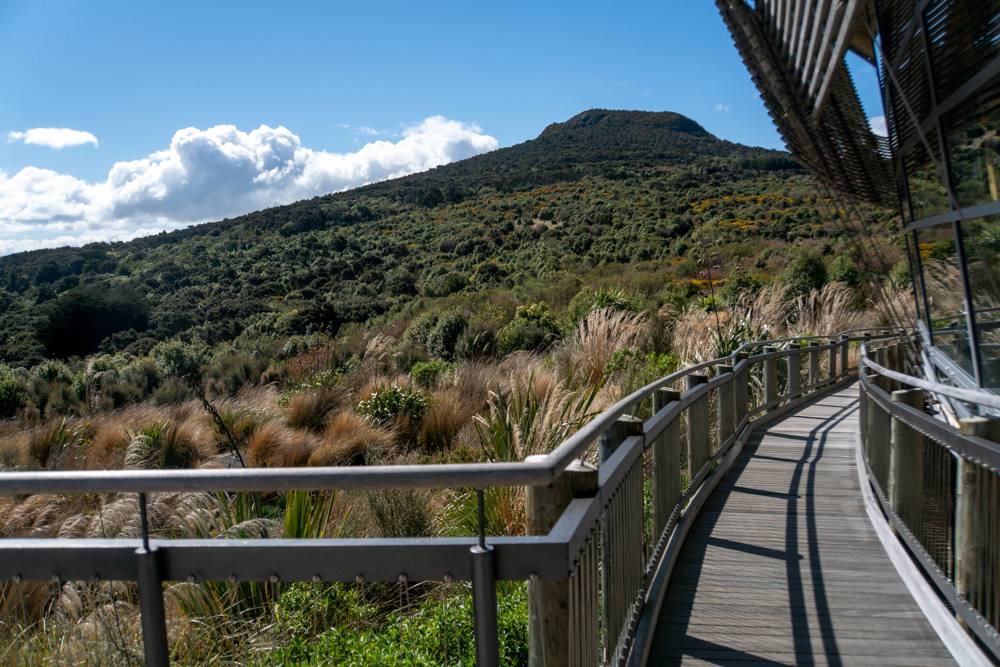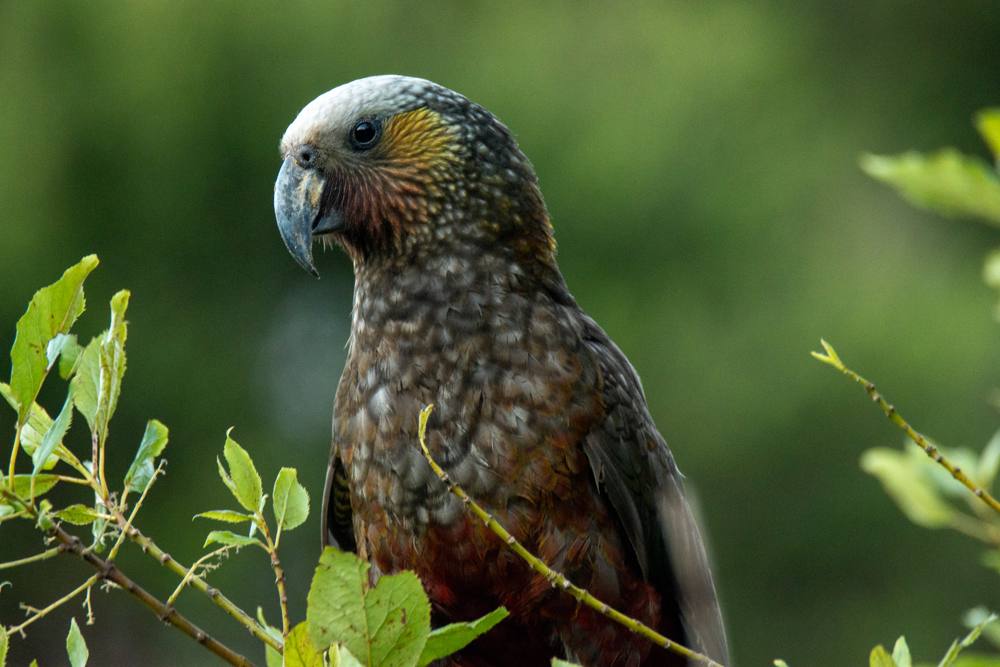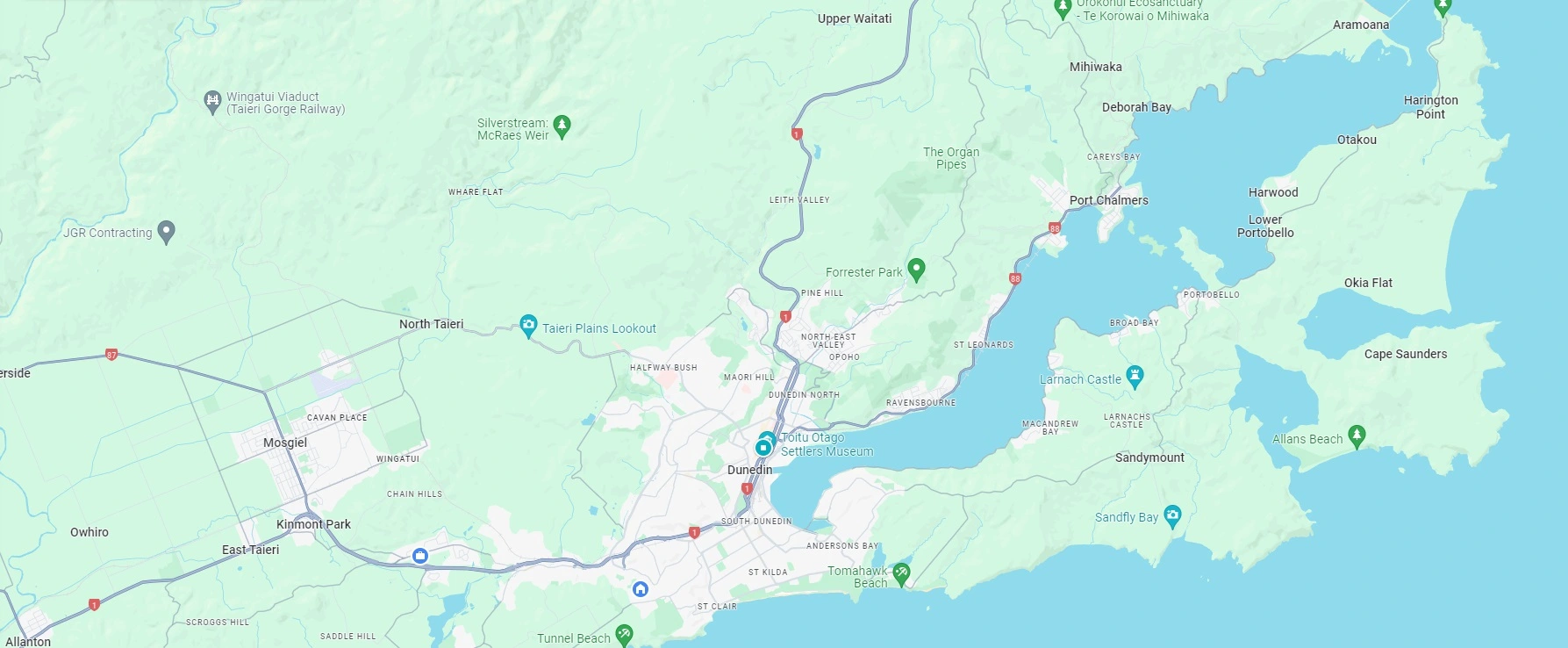Nestled in the heart of the South Island of New Zealand, just a short drive from Dunedin, lies the Orokonui Ecosanctuary. This pristine sanctuary is a testament to the country’s commitment to preserving its unique biodiversity. Spread over 307 hectares, the Orokonui Ecosanctuary is a haven for native flora and fauna, offering visitors a glimpse into the rich ecological heritage of New Zealand. This blog post dives into the history, significance, and ongoing conservation efforts at the Orokonui Ecosanctuary, highlighting why it is a must-visit destination for nature enthusiasts and anyone interested in ecological preservation.
Table of Contents
A Brief History of Orokonui Ecosanctuary
The Orokonui Ecosanctuary project was conceived in the early 2000s, driven by the need to protect and restore the natural habitat of New Zealand’s native species. The area, once used for farming, was identified as an ideal location for an ecosanctuary due to its natural barriers and the relatively intact remnants of native bush. In 2007, after years of planning, fundraising, and community involvement, the sanctuary officially opened its doors to the public.
The key to the success of Orokonui Ecosanctuary lies in its predator-proof fence, which stretches 9 kilometres around the sanctuary’s perimeter. This fence is designed to keep out invasive species such as rats, stoats, and possums, which have devastated native bird populations across New Zealand. By creating a safe environment free from these predators, the sanctuary provides a refuge where native species can thrive.

Flora and Fauna: A Biodiversity Hotspot
One of the most remarkable aspects of the Orokonui Ecosanctuary is its incredible biodiversity. The sanctuary is home to a wide variety of native plants and animals, some of which are found nowhere else on earth.
Native Flora
The sanctuary boasts an impressive array of native plant species, many of which are rare or endangered. Visitors can explore lush forests filled with towering trees such as rimu, kahikatea, and totara. The undercover is equally diverse, with ferns, mosses, and other plants creating a verdant carpet that supports a myriad of insect life. Seasonal changes bring different flowers into bloom, offering a continually evolving landscape for visitors to enjoy.
Birdlife
Birdlife is one of the main attractions at the Orokonui Ecosanctuary. The sanctuary provides a safe haven for several species of native birds, many of which are threatened or endangered. Notable among these are the kaka, a forest parrot known for its intelligence and playful nature, and the tui, a bird with a distinctive song. The sanctuary also supports populations of the bellbird, fantail, and the rare South Island saddleback.
One of the sanctuary’s significant successes has been the reintroduction of the kiwi, New Zealand’s iconic flightless bird. The Orokonui Ecosanctuary is home to a small but growing population of kiwis, and efforts are ongoing to monitor and support their breeding.

Reptiles and Insects
The sanctuary is also home to several species of reptiles, including the tuatara, a reptile often referred to as a “living fossil” due to its ancient lineage. In addition, various species of geckos and skinks can be found within the sanctuary’s boundaries. The insect life is equally diverse, with countless species of beetles, spiders, and other invertebrates contributing to the sanctuary’s ecological richness.
Conservation and Research
The primary goal of the Orokonui Ecosanctuary is conservation. The sanctuary serves as a living laboratory where scientists and conservationists can study native species and develop strategies for their protection and restoration.
Research Programmes
Research at the sanctuary covers a wide range of topics, from studying the behaviour and breeding patterns of native birds to monitoring the health of plant populations. One significant area of research is the impact of predator exclusion on native species. By keeping the sanctuary free from invasive predators, researchers can observe how native species interact in a more natural environment, providing valuable insights that can inform broader conservation efforts across New Zealand.
Educational Outreach
Education is a crucial component of the Orokonui Ecosanctuary’s mission. The sanctuary offers a variety of educational programmes aimed at school groups, university students, and the general public. These programmes are designed to raise awareness about the importance of conservation and to inspire the next generation of environmental stewards.
Visitors to the sanctuary can participate in guided tours led by knowledgeable staff who share insights into the sanctuary’s flora and fauna and the ongoing conservation efforts. The visitor centre features interactive exhibits that educate visitors about New Zealand’s unique ecosystems and the challenges they face.
Visitor Experience
A visit to the Orokonui Ecosanctuary is a unique experience that combines education, recreation, and the chance to connect with nature. The sanctuary offers several walking tracks that cater to different levels of fitness and interest.
Walking Tracks
The main track, the Orokonui Ecosanctuary Circuit, is a well-maintained trail that takes visitors through a variety of habitats, from dense forest to open grasslands. Along the way, interpretive signs provide information about the plants and animals that call the sanctuary home. For those looking for a shorter walk, the Fernery Loop offers a more leisurely stroll through a beautiful fern-filled gully.
Bird Watching
Bird watching is a popular activity at the sanctuary, and several strategically placed hides allow visitors to observe birds up close without disturbing them. The best times for bird watching are early morning and late afternoon when bird activity is at its peak.
Guided Tours
Guided tours are available for those who want a more in-depth experience. These tours are led by experienced guides who provide detailed information about the sanctuary’s ecology, the species that live there, and the conservation work being done. Specialised tours, such as kiwi-spotting tours, are also available, offering a rare opportunity to see these nocturnal birds in their natural habitat.
Visitor Centre
The Orokonui Ecosanctuary’s visitor centre is a hub of activity. In addition to housing the sanctuary’s administrative offices, the centre features a gift shop, a café, and a variety of exhibits. The café serves a range of delicious, locally-sourced food and drinks, and offers stunning views over the sanctuary. The gift shop is stocked with a selection of eco-friendly products, books, and souvenirs, with all proceeds supporting the sanctuary’s conservation efforts.
Challenges and Future Plans
While the Orokonui Ecosanctuary has achieved remarkable success, it faces ongoing challenges. Securing sufficient funding is a constant concern, as the sanctuary relies heavily on donations and grants to fund its operations. Additionally, maintaining the predator-proof fence and monitoring for any breaches requires continual effort and resources.
Looking to the future, the Orokonui Ecosanctuary has ambitious plans. One key goal is to expand the sanctuary’s area, incorporating adjacent lands to create an even larger protected habitat for native species. Another priority is to enhance the visitor experience by developing new walking tracks and educational facilities. There are also plans to increase the sanctuary’s research capacity, enabling more comprehensive studies of New Zealand’s unique ecosystems.
The Orokonui Ecosanctuary is a shining example of what can be achieved through dedicated conservation efforts. It provides a safe haven for some of New Zealand’s most threatened species and offers visitors a chance to experience the country’s unique biodiversity first-hand. Through its ongoing work in conservation, research, and education, the sanctuary plays a crucial role in preserving New Zealand’s natural heritage for future generations.
For anyone visiting Dunedin, a trip to the Orokonui Ecosanctuary is a must. Whether you’re a nature lover, a bird watcher, or simply looking for a peaceful place to connect with nature, the sanctuary offers something for everyone. As you walk through its lush forests and listen to the songs of native birds, you’ll gain a deeper appreciation for the importance of protecting our natural world.

